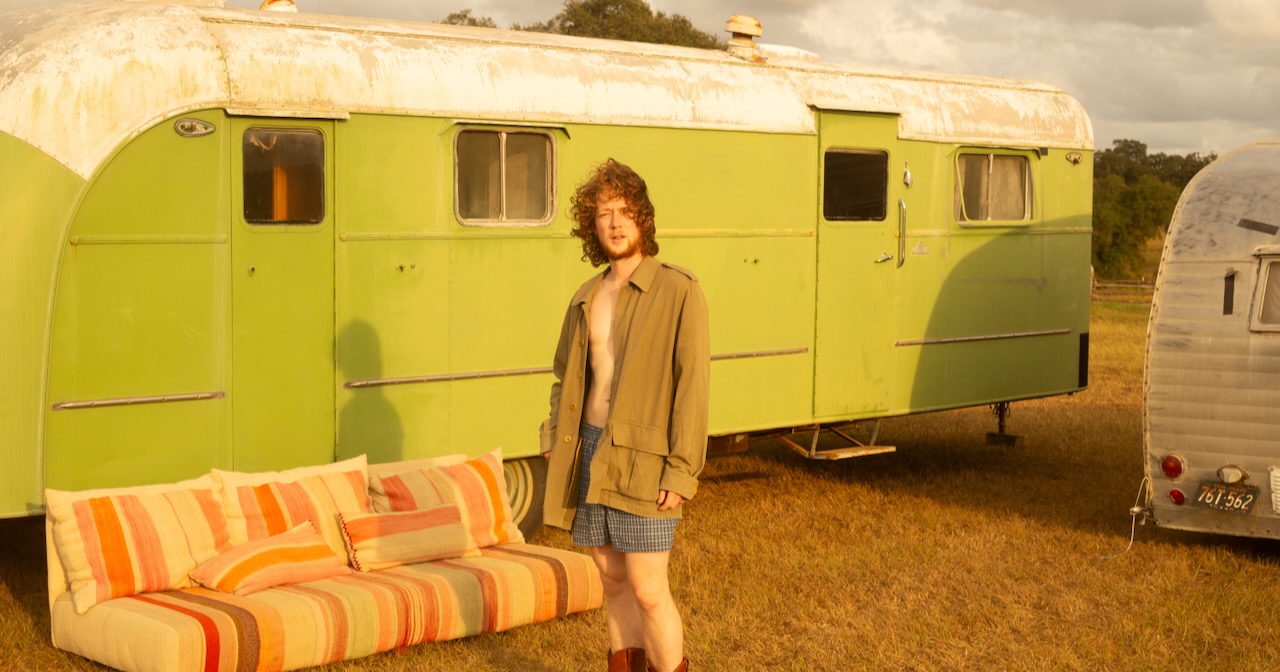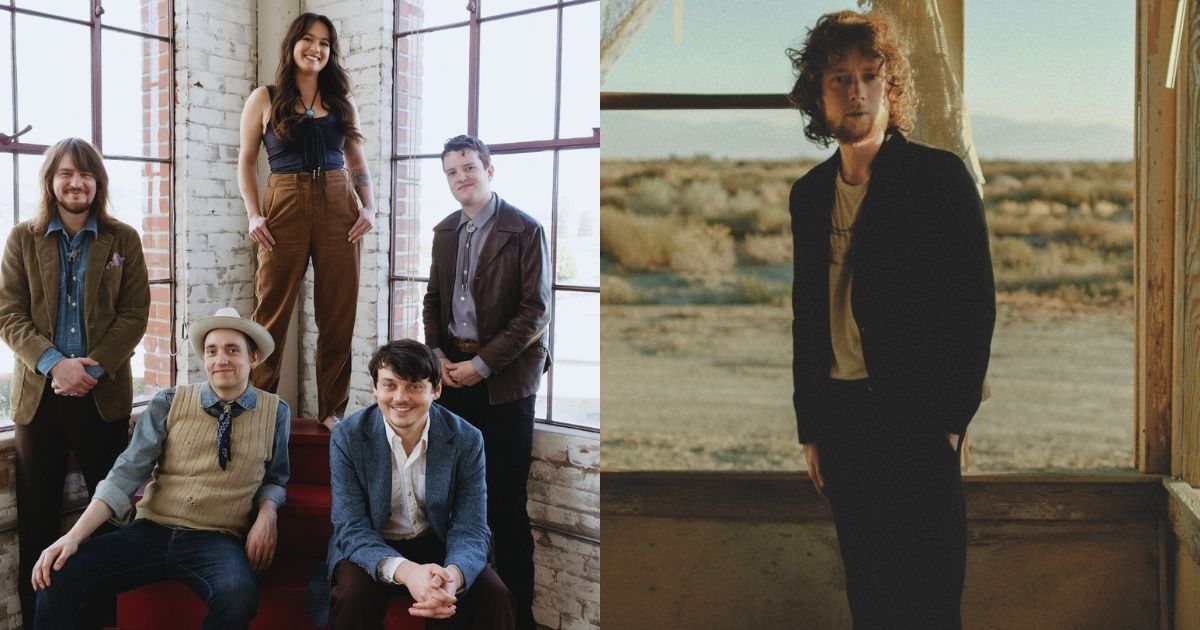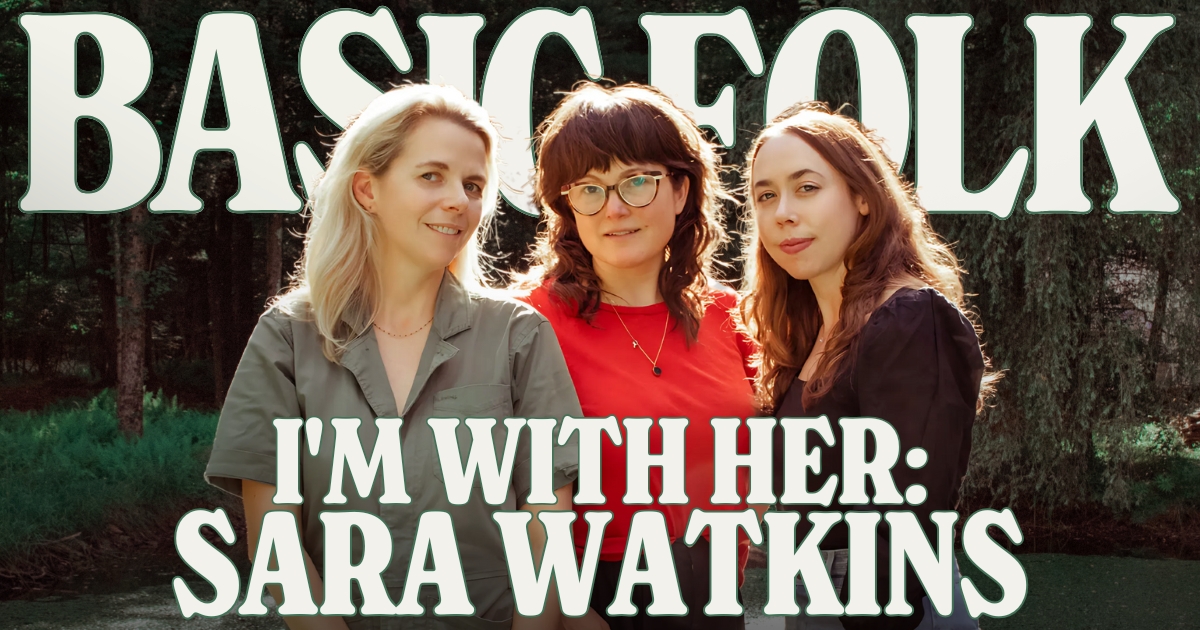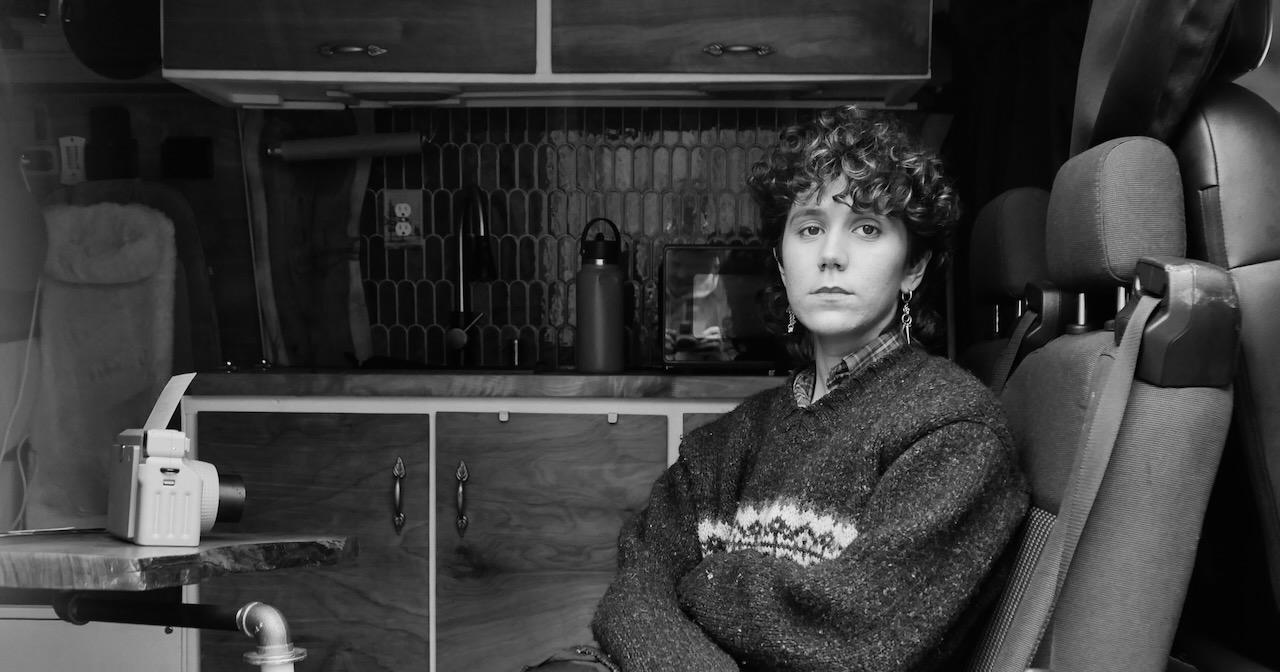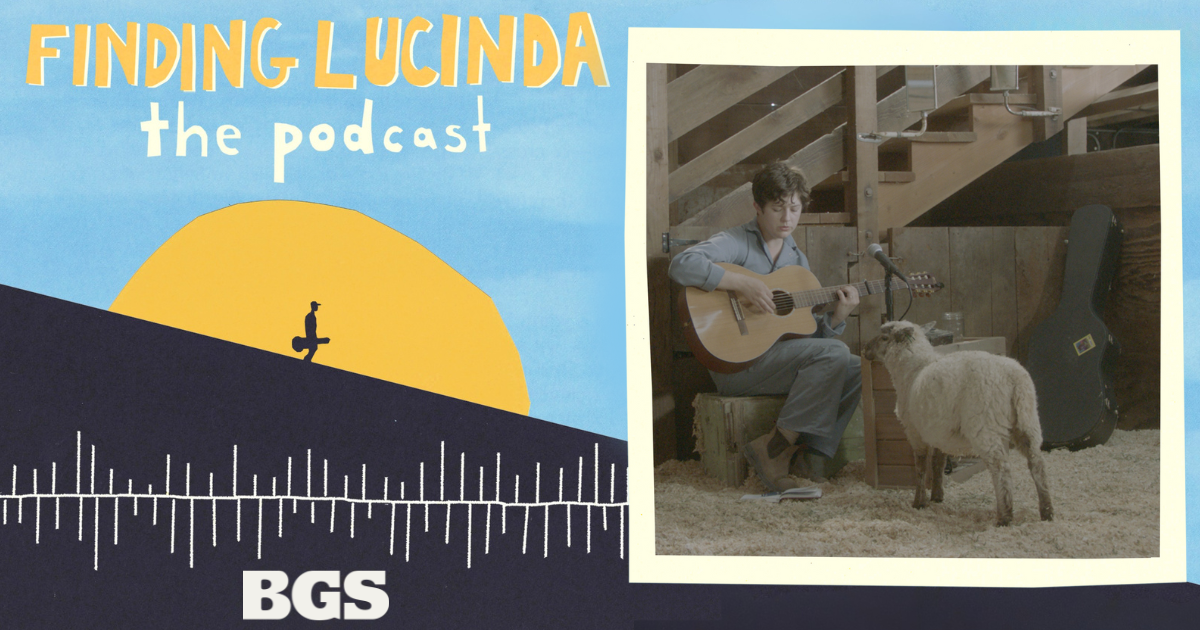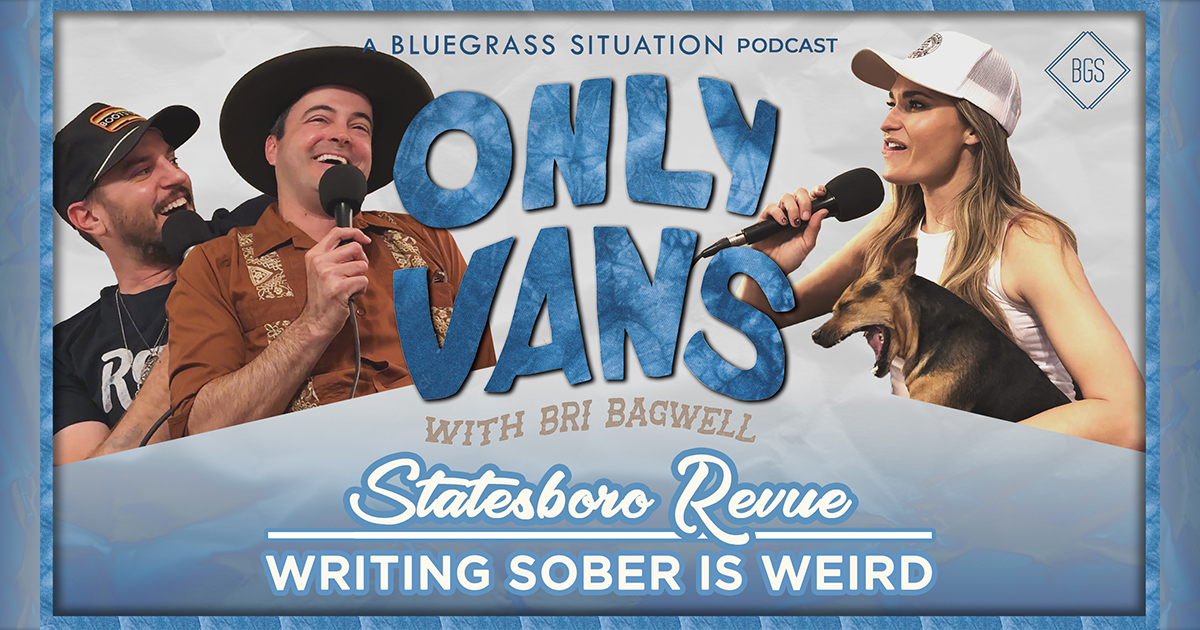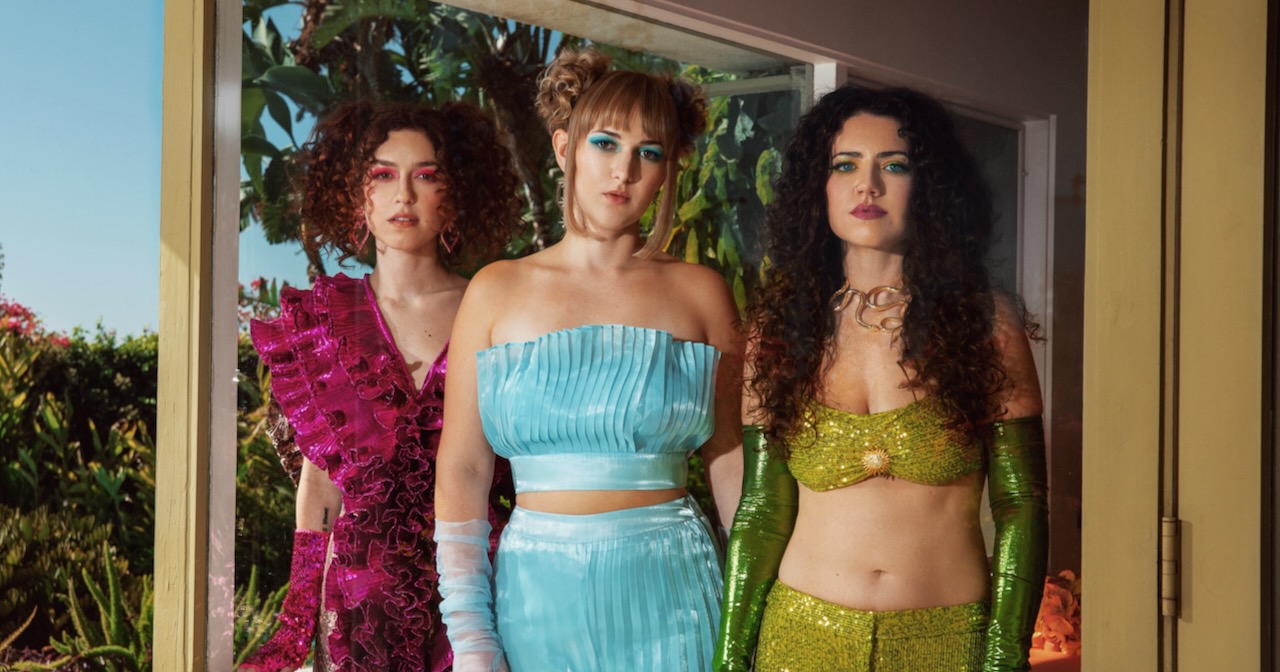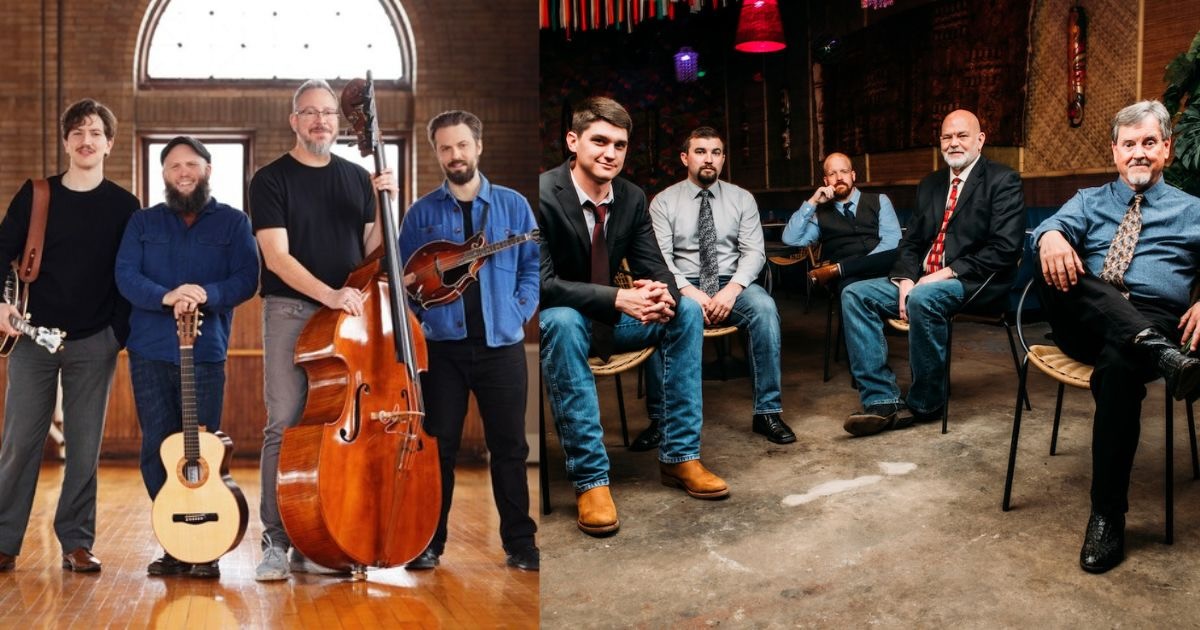One of my most consistent sources of inspiration, when it comes to writing and recording my own songs, is the music of my friends and contemporaries. JVC is an album made amongst friends and the songs were written, if not with their direct help, by the grace of a friend’s emotional support or a colleague’s awe-inspiring set during a time of my life that otherwise felt lonely and lifeless.
In the spirit of that, here’s my Mixtape of 12 songs from contemporary inspirations of mine, whether I know them well or not at all, many of them local to the Nashville scene. – Jack Van Cleaf
“Afterlife” – Joelton Mayfield
This playlist is in no particular order, except maybe when it comes to this song. “Afterlife” was my most-streamed song last year, and Joelton Mayfield is one of the few artists I’ve considered dropping everything for and driving eight hours to catch a set (particularly when he opened for Robert Earl Keen in Winston-Salem). I’m lucky to be close enough in his orbit to catch most of his shows in Nashville, and they never cease to amaze me. If I want my faith in the importance of music restored, I go see a Joelton Mayfield show.
“Laughing Out Loud” – Ethansroom
I’ll never forget when my best friend sent me this song he just wrote. I was holed up in a motel next to my restaurant job in Carlsbad, California, while my family was all down with COVID. He sent me this as a voice memo and I listened to it as I was getting ready for bed; then I listened to it again. It gripped me from the get-go and it still amazes me. I have the privilege of playing nearly every show and recorded track I’ve ever put out alongside Ethan Fortenberry. His musical prowess is only rivaled by his capacity for love, as evidenced by his latest record. This song will always be one of my favorites.
“Lying Lately” – Emma Ogier
Emma Ogier is opening on tour for us this May and it is no exaggeration to say I feel lucky to see her in venues this size while it’s still possible. Emma’s brother, Aidan, also an extremely talented player and writer, is a good friend and introduced me to her music when he invited me to their show in San Diego, when I was living there. Anyone who has seen Emma live knows how powerful her performances are. Songs like this, and the trove of unreleased music I’ve heard her play, keep me inspired and constantly on the edge of my seat for the next line she delivers.
“Groundhog Day” – Nic Fair
I saw Nic play a Halloween set at the East Room just over a year ago and I’ve been itching to see another show of his since. His vocal runs will stun you first, but directly after that you’ll be immersed in his lyrical world of unexpected images and keen metaphors as exhibited in “Groundhog Day,” one of my personal favorites that I remember clearly from that Halloween show.
“Tomatoes” – Briston Maroney
Briston Maroney has just come out with an amazing new album. I was lucky enough to get the sneaky link and I’ve listened to it front-to-back over and over again for the past few weeks. To me, JIMMY seems like a perfect balance between where Briston’s been and where he’s going. I hear familiar traces of songs like the ones on “Carnival” while enjoying something totally brand new: like the narrative moment in this song when Briston talks about “picking out his grave at the graveyard” – it’s fresh and I’m addicted to it. I’ve felt very fortunate to have lots of meaningful conversations with Briston about life and art over the years; he continues to inspire me as a friend and from a distance, as an outside observer of his brilliant work.
“co-pilot” – Val Hoyt
I pursued Jack Schneider, guitar virtuoso and tape enthusiast local to East Nashville, to record my live acoustic album because of his work on Val Hoyt’s Muscle Spasms. This record is full of beautiful songs, masterfully written and recorded. Val’s guitar performances coupled with his unique melodic and lyrical approach to songwriting stops me in my tracks. This song has me singing along in my car every time it finds its way, inevitably, to my monthly playlists. It’s the lyrics and Val’s vocal performance that get me, but Jack Schneider’s guitar solo being possibly my favorite acoustic guitar solo I’ve ever heard doesn’t hurt, either.
“Camcorder (recovered)” – Macho Planet
It’s no secret to most of the indie singer/songwriter scene in Nashville, but Macho Planet’s ‘Still, You Don’t Joke About It’ is near flawless. It’s an album I come back to again and again and hold in the highest regard as a blueprint for a successfully crafted full-length record. I find a new gem every time. “Camcorder” could be considered the hit off the record, boasting the most streams. It was my gateway song into Austin’s music, and it functions as a great introduction to an equally magnetic catalogue of songs that will remain special to you long after the first listen.
“Ovid” – Annie DiRusso
I had been bumping the singles to Annie DiRusso’s debut album, Super Pedestrian, for months leading up to its release; it was no surprise to press play on her record on release day and be greeted by this rock masterpiece. The opening line draws me right in (still have no idea what it’s about) and the very relatable reprise keeps coming back again and again every time I hop in the car. It’s one of those lyrics that leaves me surprised I haven’t heard it before, because it feels timeless: “Always looking for something to change my life/ Never wanna hear nothing to change my mind.”
“Heaven Is” – Melanie MacLaren
Melanie does an incredible job of writing Americana songs that carry the torch of greats like Gillian Welch while bringing something totally new, fresh, and honest to the table. Her lyrics are a well-balanced mix of captivating imagery and straightforward truth telling. “Heaven Is” is an awesome example of her ability to make a listener enjoy a song that forces them to face their own mortality.
“high achiever” — Charli Adams
Charli sang on one of the songs on my record, JVC. She lent her voice to the bridge of the second song, “Piñata.” I asked her to do this because Charli’s voice is one of my favorites in the singer-songwriter world. It’s completely unique to her, incomparable to anyone else I can think of. On top of this, Charli’s long been an inspiration to me in her songwriting. Her EP, nothing to be scared of, is a vulnerable look at childhood and self-growth that spares not difficult topic. “high achiever” is one of my slow-burning favorites.
“I Like to Worship the Devil” – Dan Spencer
This man is a master of writing lyrics that engage a sense of humor while still remaining totally sincere and heart-wrenching. Some of the best theological lyrics I’ve heard, put forward so casually, come from Dan Spencer’s songs. This one gets me singing along every time. (Dan’s voice is probably the only one that can get me to sing, full-heartedly at the top of my lungs, “Pissed my pants and shit the bed.”)
“Neighbors” – Future Crib
I was fortunate enough to see Future Crib at their album release show at The Blue Room in Nashville, just a couple weeks before I played mine there. I don’t hesitate to say that they may be the best band we have today. The love amongst the members and in the music they make is so palpable that it’s hard not to feel. Every time I see a show of theirs I feel I’m a part of something important. The performance of this one at their release show, and the energy in the crowd, was particularly memorable.
Photo Credit: Sam Lindsay
